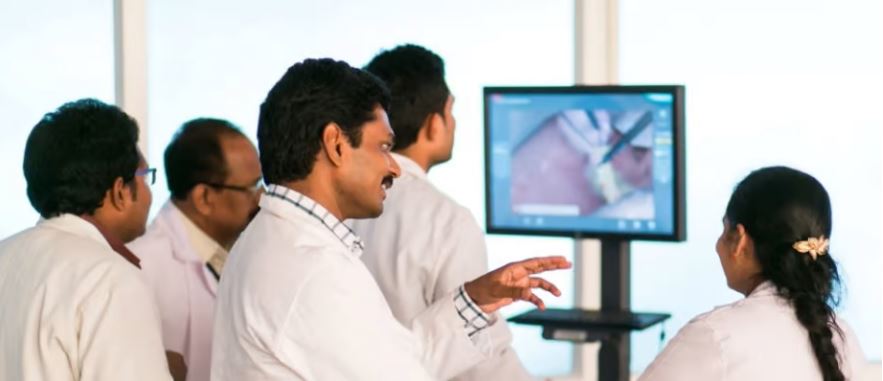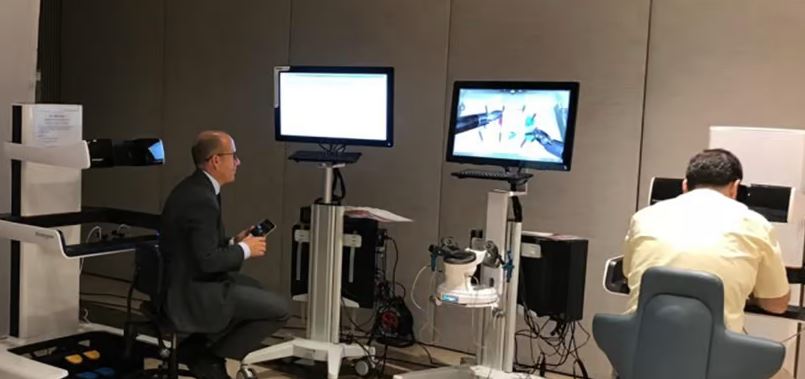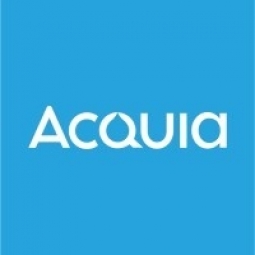Technology Category
- Application Infrastructure & Middleware - Data Exchange & Integration
- Application Infrastructure & Middleware - Middleware, SDKs & Libraries
Applicable Industries
- Cement
- Education
Applicable Functions
- Sales & Marketing
Use Cases
- Asset Health Management (AHM)
- Asset Lifecycle Management
Services
- System Integration
- Training
About The Customer
NKT is a leading cable supplier to the energy sector, with its headquarters in Denmark and a presence in 14 countries. The company's marketing team produces a wide range of materials, including print collateral, videos, and technical documentation, featuring imagery of their products and large-scale installation projects. This content is used across multiple websites, social media, and other channels. Despite the significant scale and reach of their marketing efforts, NKT faced challenges in managing their content due to the lack of a central repository.
The Challenge
NKT, a leading cable supplier to the energy sector, faced significant challenges in managing their vast array of marketing content. The marketing team produced a range of materials, including print collateral, videos, and technical documentation, which were used across multiple websites, social media, and other channels. However, the content was stored across various hard drives and tools, making it difficult to locate the required files. This lack of a central repository for their creative content led to workflow bottlenecks and challenges. The process of locating the right file was time-consuming, and in some cases, impossible. Consequently, outdated content saved on individual computers was often used, negatively impacting the brand experience.
The Solution
To streamline their content workflows and achieve cohesive brand messaging across channels and regions, NKT implemented Acquia DAM in 2018. This solution combined all of NKT’s siloed storage locations into a single, searchable repository. Teams could now easily locate the content they needed, whenever they needed it. Acquia DAM also integrated with NKT's content management system (CMS) tool, Magnolia, allowing data between the two platforms to sync automatically. This eliminated the need to download files from one system and upload them to the other. If a file was updated or replaced in the DAM system, it was immediately published online. NKT also leveraged the Acquia DAM API to build an integration that supports the publication of their extensive online library of technical documents. This process used a nightly cron job and embed codes to automatically post new or updated files to their website.
Operational Impact
Quantitative Benefit

Case Study missing?
Start adding your own!
Register with your work email and create a new case study profile for your business.
Related Case Studies.

Case Study
System 800xA at Indian Cement Plants
Chettinad Cement recognized that further efficiencies could be achieved in its cement manufacturing process. It looked to investing in comprehensive operational and control technologies to manage and derive productivity and energy efficiency gains from the assets on Line 2, their second plant in India.

Case Study
Revolutionizing Medical Training in India: GSL Smart Lab and the LAP Mentor
The GSL SMART Lab, a collective effort of the GSL College of Medicine and the GSL College of Nursing and Health Science, was facing a challenge in providing superior training to healthcare professionals. As clinical medicine was becoming more focused on patient safety and quality of care, the need for medical simulation to bridge the educational gap between the classroom and the clinical environment was becoming increasingly apparent. Dr. Sandeep Ganni, the director of the GSL SMART Lab, envisioned a world-class surgical and medical training center where physicians and healthcare professionals could learn skills through simulation training. He was looking for different simulators for different specialties to provide both basic and advanced simulation training. For laparoscopic surgery, he was interested in a high fidelity simulator that could provide basic surgical and suturing skills training for international accreditation as well as specific hands-on training in complex laparoscopic procedures for practicing physicians in India.

Case Study
IoT platform Enables Safety Solutions for U.S. School Districts
Designed to alert drivers when schoolchildren are present, especially in low-visibility conditions, school-zone flasher signals are typically updated manually at each school. The switching is based on the school calendar and manually changed when an unexpected early dismissal occurs, as in the case of a weather-event altering the normal schedule. The process to reprogram the flashers requires a significant effort by school district personnel to implement due to the large number of warning flashers installed across an entire school district.

Case Study
Digital Transformation of Atlanta Grout & Tile: An IoT Case Study
Atlanta Grout & Tile, a Tile, Stone & Grout restoration company based in Woodstock, Georgia, was facing challenges with its traditional business model. Despite steady growth over the years, the company was falling behind the web revolution and missing out on the opportunity to tap into a new consumer base. They were using independent software from different vendors for each of their department information and workforce management. This resulted in a lot of manual work on excel and the need to export/import data between different systems. This not only increased overhead costs but also slowed down their response to clients. The company also had to prepare numerous reports manually and lacked access to customer trends for effective business decision-making.

Case Study
Implementing Robotic Surgery Training Simulator for Enhanced Surgical Proficiency
Fundacio Puigvert, a leading European medical center specializing in Urology, Nephrology, and Andrology, faced a significant challenge in training its surgical residents. The institution recognized the need for a more standardized and comprehensive training curriculum, particularly in the area of robotic surgery. The challenge was underscored by two independent studies showing that less than 5% of residents in Italian and German residency programs could perform major or complex procedures by the end of their residency. The institution sought to establish a virtual reality simulation lab that would include endourological, laparoscopic, and robotic platforms. However, they needed a simulator that could replicate both the hardware and software of the robotic Da Vinci console used in the operating room, without being connected to the actual physical console. They also required a system that could provide both basic and advanced simulation training, and a metrics system to assess the proficiency of the trainees before they performed surgical procedures in the operating theater.








